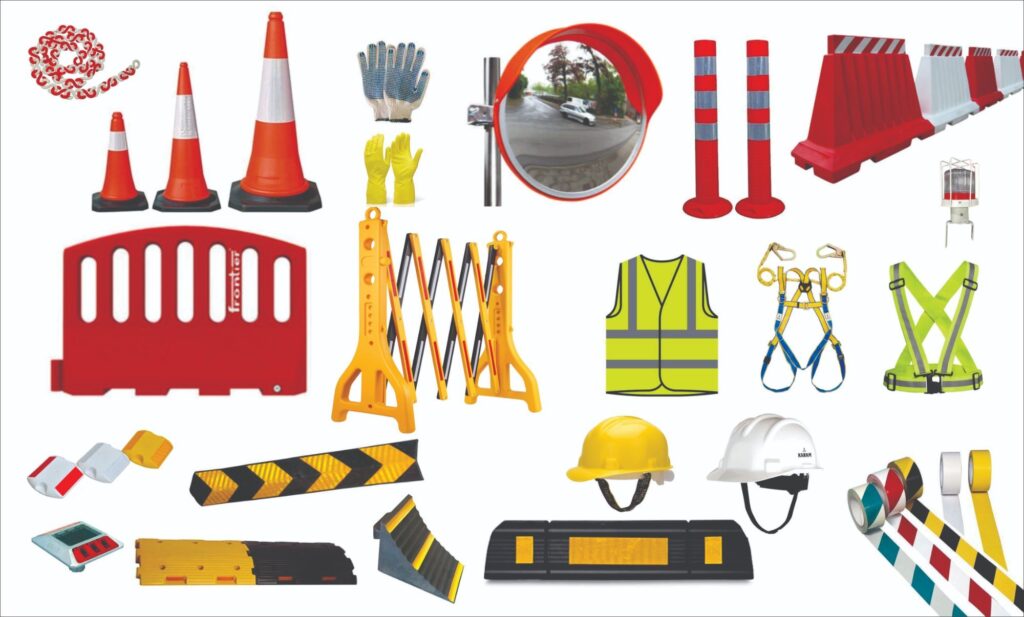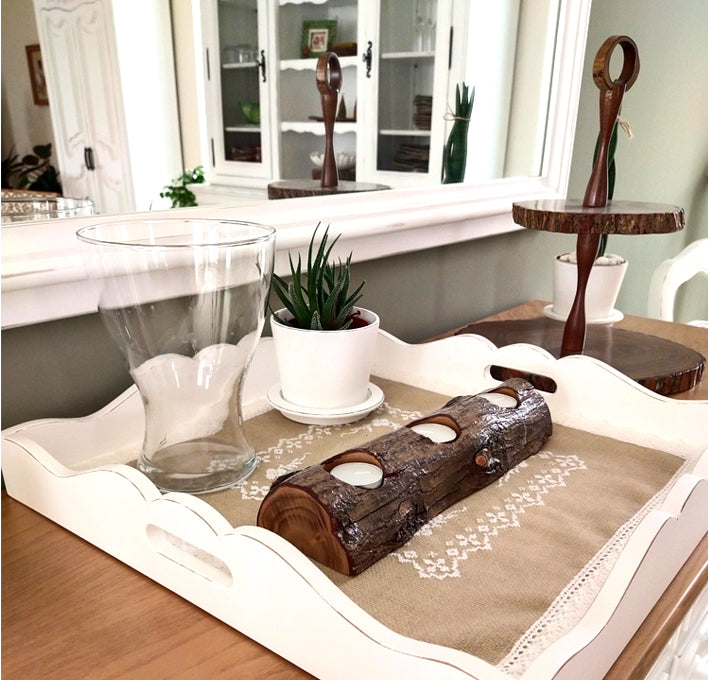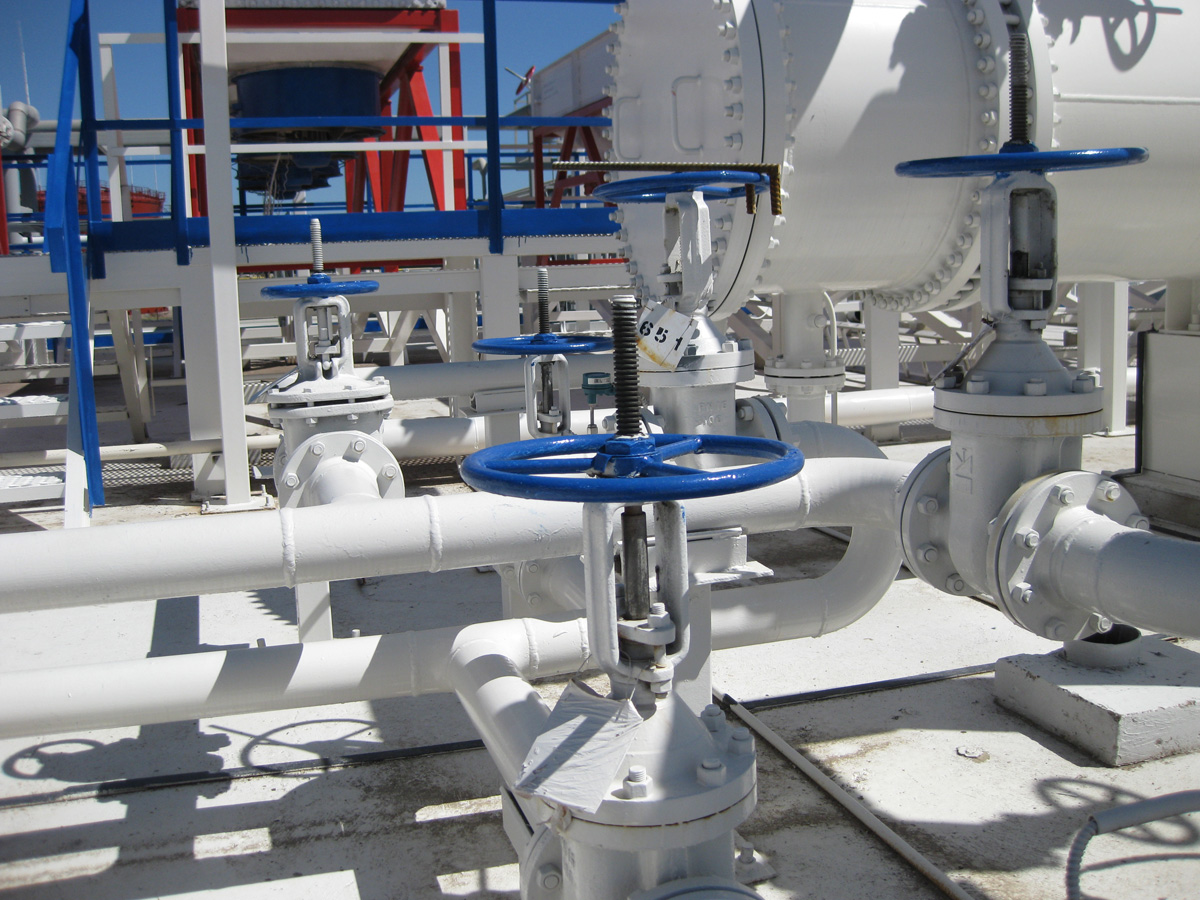Road Safety Products: Enhancing Protection for Pedestrians and DriversRoad Safety Products: Enhancing Protection for Pedestrians and Drivers

Road safety is an essential aspect of modern transportation, ensuring that drivers, passengers, and pedestrians can navigate roadways with minimal risk. With increasing traffic volumes and evolving infrastructure, road safety products have become indispensable tools in preventing accidents and ensuring smooth transportation. These products range from basic reflective signs to advanced technological systems designed to enhance awareness, reduce accidents, and save lives. This article explores the critical role of road safety products, their categories, and their contribution to safer roads worldwide. Flood Protection Barrier.
Why Are Road Safety Products Important?
Road safety products are essential for several reasons:
- Accident Prevention: They help in minimizing road accidents by guiding drivers and alerting them to potential hazards.
- Traffic Flow Management: These products ensure smooth and efficient traffic movement, especially in high-density areas.
- Pedestrian Protection: Ensuring the safety of pedestrians crossing busy roads or walking along highways.
- Emergency Situations: They provide critical information and tools for managing emergencies on the road.
Categories of Road Safety Products
Road safety products can be broadly classified into categories based on their function and application. Below are some of the most common types:
1. Road Marking and Reflective Products
These products improve visibility and guidance for drivers, especially during low-light or poor weather conditions.
- Reflective Road Markers: These are embedded in the road to mark lanes and edges, enhancing visibility at night.
- Glow-in-the-Dark Paints: Used for road markings to ensure they remain visible after dark.
- Cat’s Eye Reflectors: Placed in the center of the road, these reflect headlights, helping drivers maintain their lanes.
2. Traffic Signs and Signals
Proper signage and signaling are crucial for effective communication between road authorities and road users.
- Traffic Lights: Ensure orderly movement of vehicles and pedestrians at intersections.
- Warning Signs: Alert drivers to potential hazards like sharp curves, animal crossings, or slippery roads.
- Speed Limit Signs: Inform drivers of the permissible speed to avoid accidents caused by overspeeding.
3. Barriers and Crash Cushions
These products are designed to reduce the severity of accidents and protect road users.
- Guardrails: Installed along highways and sharp curves to prevent vehicles from veering off the road.
- Crash Cushions: Absorb the impact of collisions, minimizing injuries to drivers and passengers.
- Concrete Barriers: Separate traffic lanes and provide robust protection in construction zones.
4. Pedestrian Safety Products
Ensuring the safety of pedestrians is a critical component of road safety.
- Zebra Crossings and Pedestrian Signals: Provide designated areas for pedestrians to cross safely.
- Bollards: Prevent vehicles from encroaching on pedestrian pathways.
- Flashing Beacons: Installed near school zones or pedestrian crossings to warn drivers.
5. Advanced Safety Technologies
Technology is revolutionizing road safety with innovative products.
- Radar Speed Signs: Display the speed of approaching vehicles, encouraging compliance with speed limits.
- Vehicle-to-Infrastructure (V2I) Communication Systems: Enable real-time communication between vehicles and road infrastructure.
- Smart Traffic Management Systems: Use AI to monitor and manage traffic flow dynamically.
Popular Road Safety Products in Use Today
Speed Breakers and Rumble Strips
Speed breakers reduce vehicle speed in critical areas like school zones and residential neighborhoods. Rumble strips are grooved patterns on the road that alert drivers when they drift off their lane.
Safety Cones and Delineators
These are essential in construction zones or during temporary road closures.
- Traffic Cones: Direct traffic away from hazardous areas.
- Delineators: Vertical markers that separate lanes and guide traffic.
Road Studs and Reflectors
Used to demarcate lanes and provide visual guidance to drivers at night or in low visibility conditions.
Safety Mirrors
Installed at blind spots, intersections, and parking lots to improve visibility and reduce collision risks.
The Role of Road Safety Products in Developing Countries
In developing countries, road safety remains a pressing concern due to a lack of infrastructure and enforcement of traffic regulations. Implementing road safety products can significantly reduce accident rates. For instance:
- Low-Cost Safety Solutions: Products like reflective vests for traffic police and portable speed breakers can be effective in low-income areas.
- Public Awareness Campaigns: Educating drivers and pedestrians about the importance of safety products increases their usage and effectiveness.
Challenges in Implementing Road Safety Products
Despite their importance, several challenges hinder the widespread use of road safety products:
- Cost: Advanced safety technologies can be expensive, limiting their adoption in low-income regions.
- Maintenance: Regular maintenance of safety products is essential but often overlooked, reducing their effectiveness over time.
- Awareness: Many road users are unaware of the significance and proper usage of these products.
- Resistance to Change: Drivers may resist adhering to new safety measures, especially in areas with lax enforcement.
Future Trends in Road Safety Products
The future of road safety lies in integrating technology with traditional safety measures. Some promising trends include:
- Autonomous Vehicles: Equipped with sensors and AI, these vehicles can communicate with road infrastructure to avoid collisions.
- Smart Highways: Highways embedded with sensors and solar-powered lights to enhance safety and energy efficiency.
- Connected Devices: IoT-enabled road safety products that provide real-time data to traffic authorities and drivers.
Conclusion
Road safety products are vital for creating a safer transportation environment. From reflective signs to cutting-edge technologies, these tools serve as silent guardians on our roads, guiding and protecting us. However, their effectiveness depends on regular maintenance, proper usage, and widespread public awareness.
Governments, organizations, and individuals must collaborate to prioritize road safety, ensuring that these products are accessible and effective. By investing in and promoting road safety products, we not only reduce accidents but also build a culture of safety that benefits everyone.
The road to safer journeys starts with awareness and action. Equip yourself with knowledge and contribute to making our roads a safer place for all.



